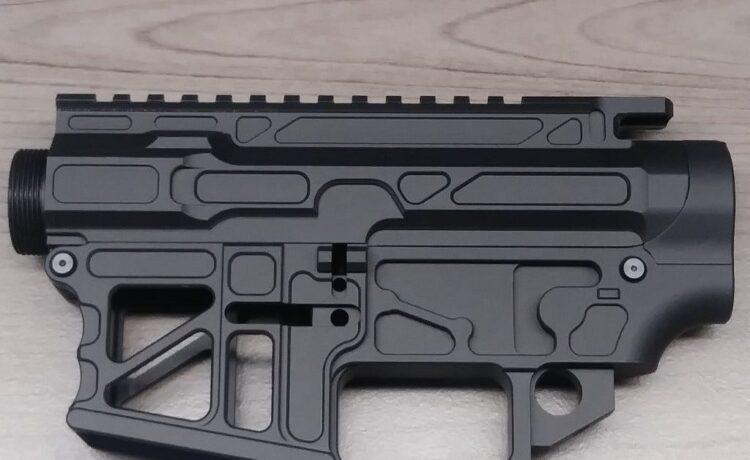In recent years, 80 lower receivers have gained significant attention within the firearms community, particularly among DIY enthusiasts. These partially-finished receivers offer an entryway to building your own firearms, affording greater customization, cost savings, and educational opportunities. This article aims to delve into the world of 80 lowers, discussing what they are, how they differ from 100% receivers, and the steps involved in completing one.
Defining an 80 Lower Receiver
An 80 lower receiver is an incomplete firearm component, lacking the features that would categorize it as a firearm under federal regulations. These receivers are approximately 80% complete and require additional machining to become functional. Once completed, the 80 percent lower is legally recognized as a firearm.
The Growing Popularity of 80% Lowers
Privacy and Discretion
One of the primary appeals of 80 lower receivers is that they don’t require a Federal Firearms License (FFL) for purchase, allowing for greater privacy.
Affordability
Building a gun from an 80 ar lower can be more cost-effective than purchasing a fully-assembled firearm, especially if you’re looking for custom features.
Skill-Building
Finishing an 80 lower receiver is a project that can develop your machining and assembly skills, providing an educational experience in addition to a customized firearm.
What to Know Before You Buy
Material Choices
80 lower receivers typically come in aluminum or polymer materials. Aluminum is generally more durable but requires more advanced tools for machining.
Legal Considerations
Before purchasing an 80% lower, ensure you are aware of your local and state laws surrounding firearm creation and ownership. Failure to comply can result in legal consequences.
Tools Required
Completing an 80 percent lower demands specific tools such as a drill press, various drill bits, end mills, and a specialized jig for stabilization.
A Step-By-Step Guide to Completing an 80 Lower Receiver
- Preparation: Secure the 80% lower in a specialized jig to keep it stable during the machining process.
- Drilling: Use a drill press to drill the necessary holes into the receiver.
- Milling: Utilize end mills to remove excess material and refine the shape of the receiver.
- Finishing Touches: Sand and finish the surface, then inspect your work to ensure it meets safety and functionality requirements.
- Assembly: Integrate the 80 lower receiver with other firearm components to complete your custom-built weapon.
Wrapping Up
80 lower receivers provide an excellent opportunity for individuals interested in customizing their own firearms, either for personal use or as a way to deepen their understanding of gun mechanics. However, the endeavor comes with legal responsibilities and the necessity for careful craftsmanship. If you’re considering diving into the world of 80 lowers, make sure to do ample research, acquire the right tools, and follow all legal guidelines to ensure a successful and rewarding project.







